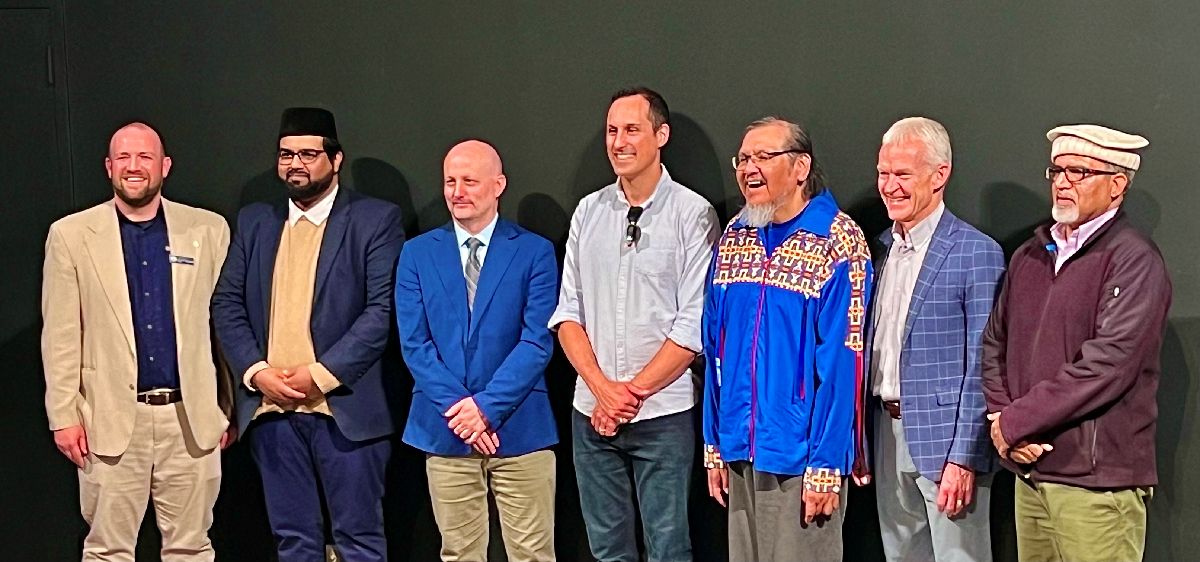Lindsay Kimmett was an athlete, leader, learner, and aspiring doctor with the skills and ambition to leave a big mark on the world. After her tragic passing on February 17th, 2008, her family and friends, committed to carrying on her legacy and passion for hockey, organized a 3-on-3 pond hockey tournament in Lindsay’s hometown of Cochrane, Alberta, Canada. Known as the Kimmett Cup, the tournament is held annually on the second weekend of February. It grows every year, bringing the community together and donating to local charities while contributing to the Lindsay Leigh Kimmett Memorial Foundation, a non-profit organization dedicated to Lindsay’s memory.
The original organizers of the event knew nothing about organizing a hockey tournament. But they wanted the tournament to reflect who Lindsay was as a person. Today, even though a lot has changed, they still strive to maintain the same principles: everyone plays; play like Lindsay did; bring community together. Lindsay lived by the motto “seize the day”. Today they live out that legacy through Lindsay’s Foundation. To date, more than $3,000,000 has been invested into the community in Lindsay’s name, across an array of both local and global initiatives.
One of the indicators of a good life is that it lives beyond a life – regardless of its length. To live authentically means taking the time to define what it means to live a well-lived life. Inspired by Otto Paul Kretzmann, a professor and pastor of the mid-20th century, I maintain that if a person is to survive, flourish, and stay sane in the modern world, four elements are essential.
- Something to live by. A well-lived life requires a set of values that provide guideposts and a framework for decision-making. Focused momentum is necessary for well-being and cannot be sustained by impulsive decisions. Non-negotiable principles guide an authentic life and provide strength and direction.
- Something to live for. Life becomes a slog when it consists merely of checking off a daily to-do list. A sense of purpose, a reason for being, and service beyond self-interest give us a compelling reason to get out of bed in the morning and stay engaged with our life.
- Something to live on. Money may not buy you happiness, but it will buy you options. Creating an income sufficient to attend to our basic needs and allow pursuits that bring joy are important to a well-lived life. It isn’t just about how much we make, however. It’s also about how much we spend. Fulfillment is hard to grasp amid worry and financial stress. Having the discipline to live below your means and learning to be satisfied with what you have are paramount to a good life.
- Something to live with. Something to live by, to live for, and to live on means little if we don’t learn to live with love. A good life is one that is lived wholeheartedly, connected to the important people in our lives. Love is what makes it all worthwhile.



